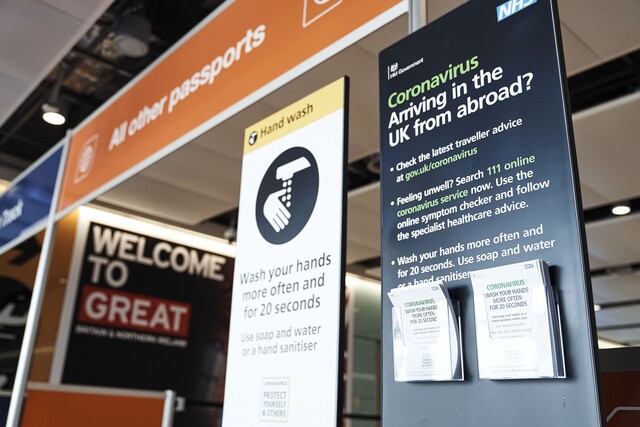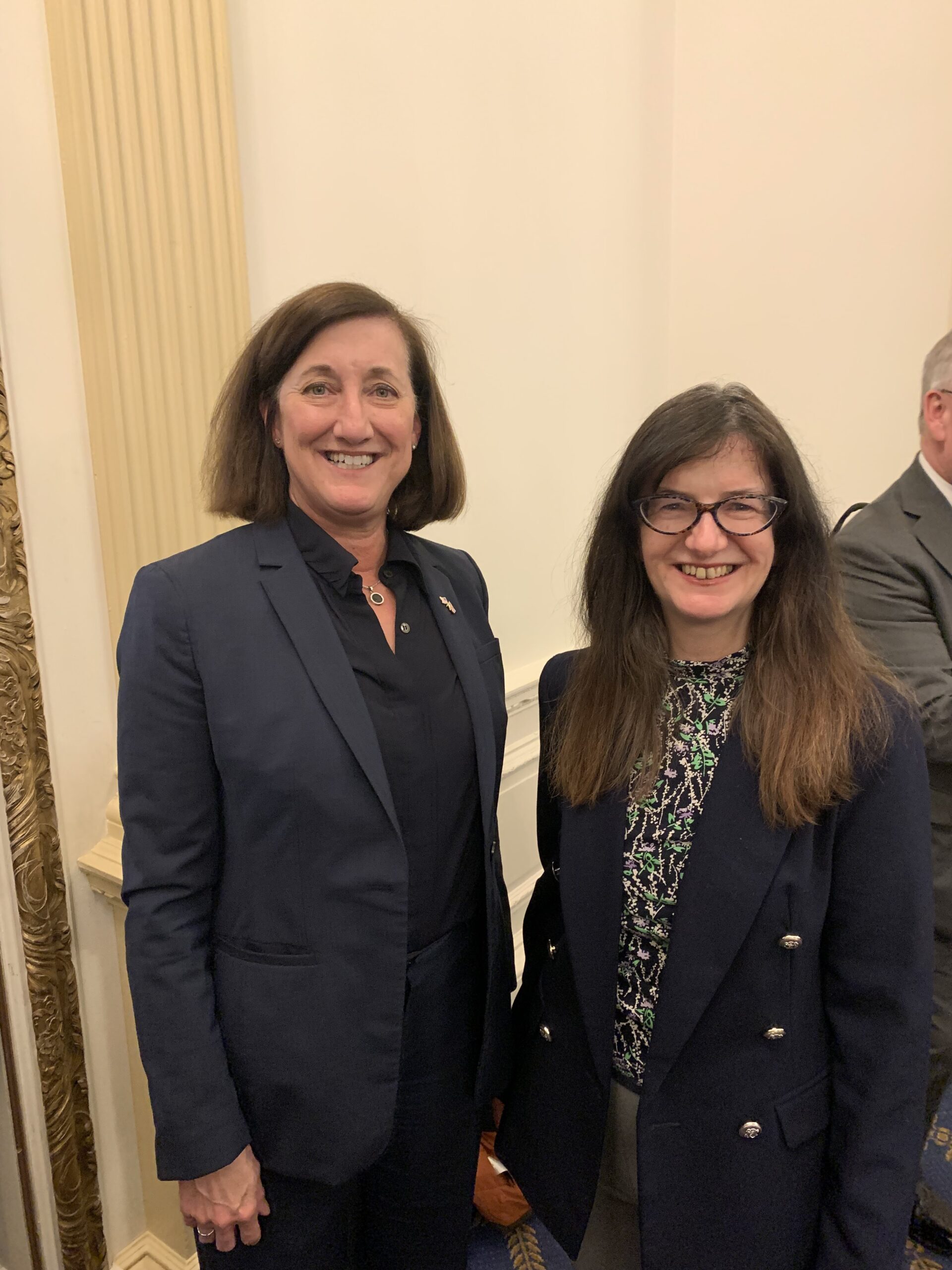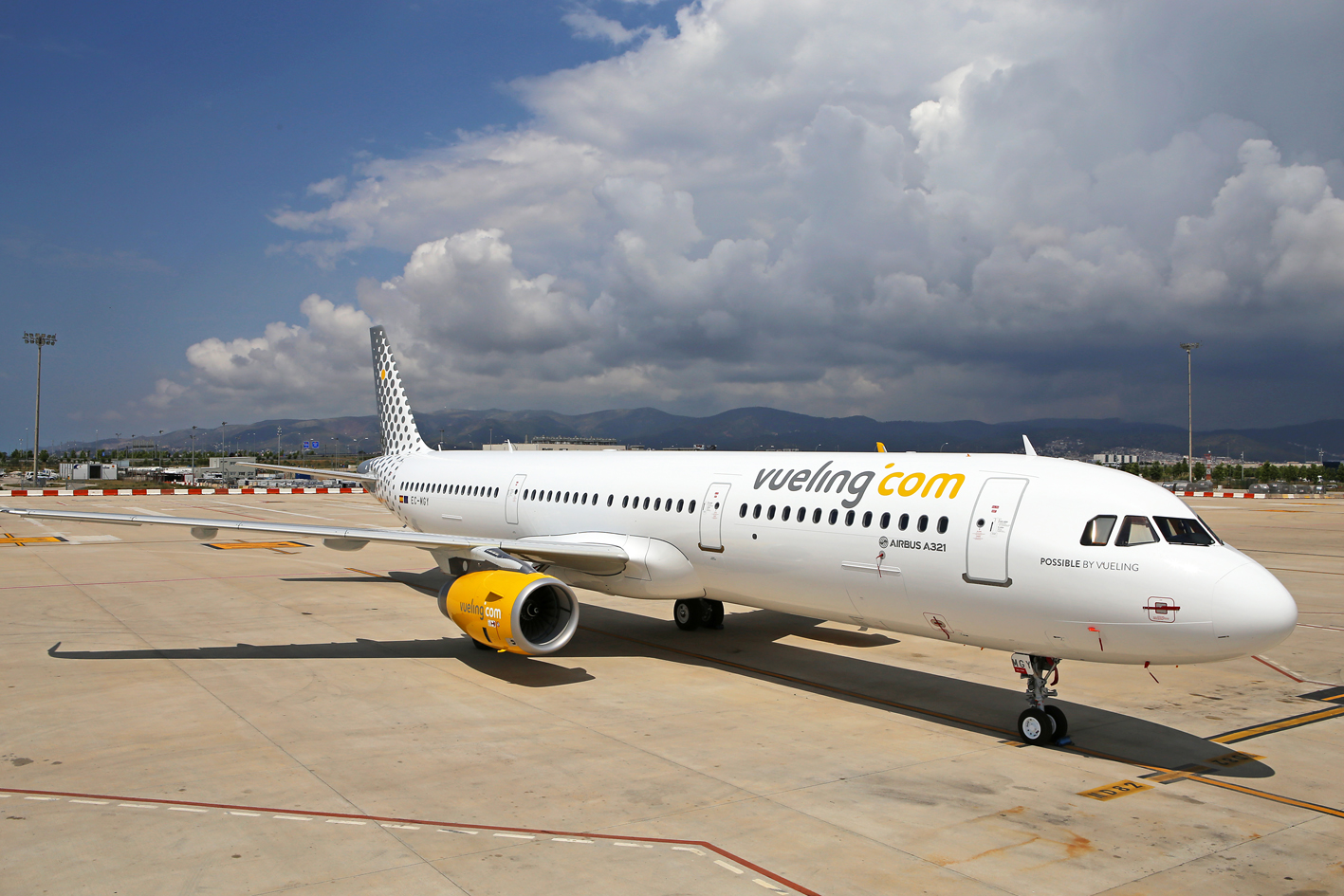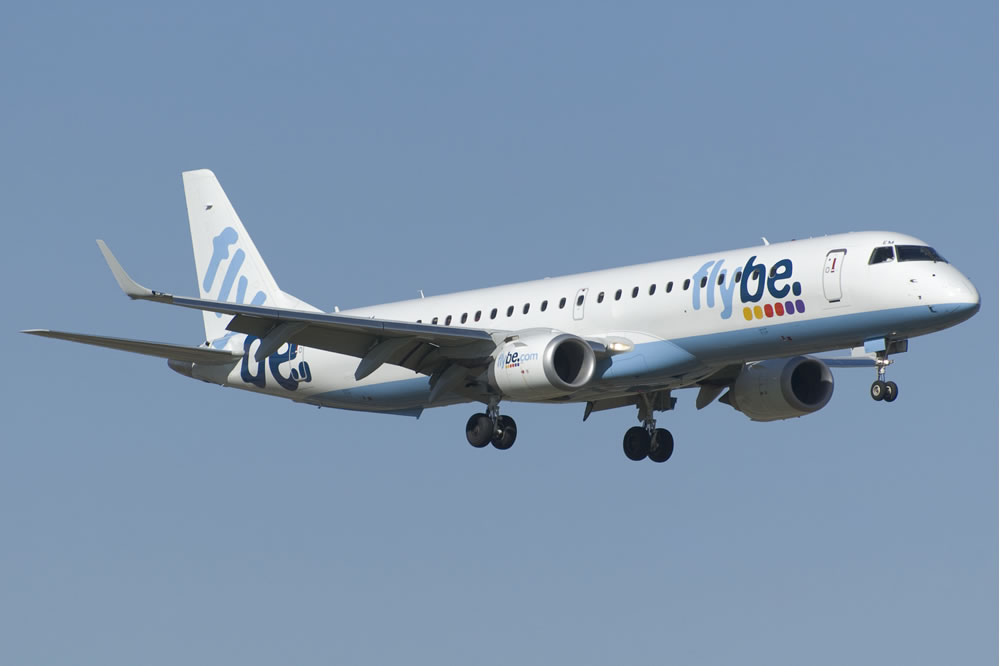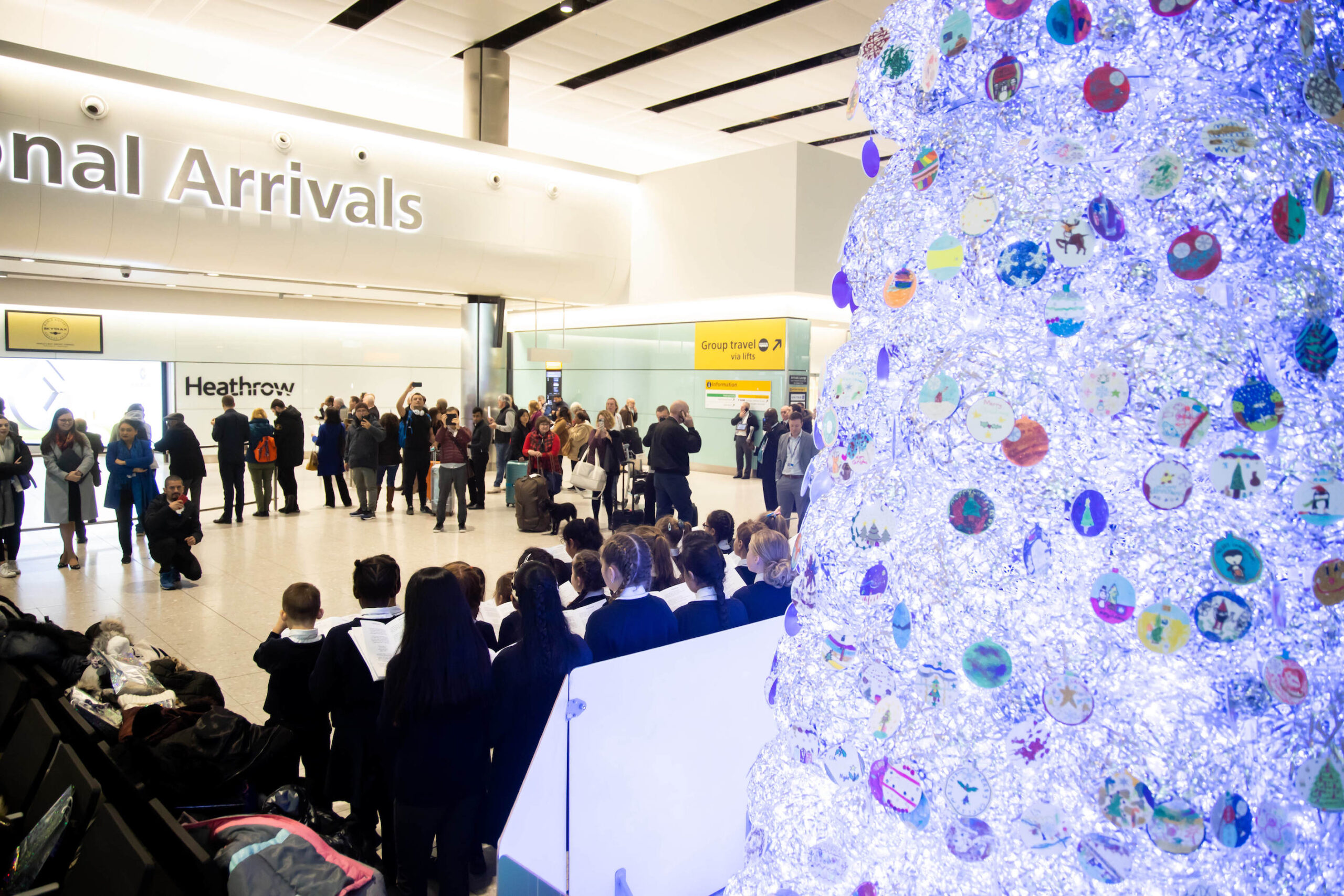First published June 28 2020

Travel corridors are being evaluated in Europe. They could help end the travel restrictions imposed by quarantine. Travel corridors or air bridges as they are being called, create agreements between reciprocating countries as an alternative to quarantine.
Speaking today International Air Transport Association (IATA) regional vp Europe, Rafael Schvartzman said travel corridors are “definitely a consideration by governments, outside the Schengen area.”
But he cautioned “It is still not clear how that will take form. The UK is working specifically on some framework. It definitely will happen.”
Travel corridors have already been set up among a few Nordic Baltic countries, and between New Zealand and Australia. Singapore and China also have a reciprocal agreement in place.
But in Europe, there are no travel corridors in place yet. And in recent weeks, airlines in Europe are facing worsening financial losses. The UK quarantine, which compels inbound passengers to self-isolate for 14 days on arrival, is the worst hit country. The impact to airline revenues in the UK for 2020 is forecast to be a loss of $28.7bn (EUR25.5bn or £22.9bn) representing a drop of 61percent which equates to 154.6M passengers, according to IATA.
Schvartzman said, “What the (travel corridor) framework will be is not clear as it is being evaluated by states, but not within ICAO or EASA guidelines.”
He emphasised the need for the agreed “Biosecurity system and layered approach. If we apply that consistently across the world we will have a much higher certainty that travel is safe. But we do believe governments are evaluating travel corridors and will be part of the slow start of recovery”.
IATA is campaigning for governments around the world to implement a set of biosecurity guidelines. These have been agreed with aviation regulatory bodies including International Civil Aviation Organisation, European Centre for Disease Control, World Health Organisation, European Aviation Safety Agency and Airports Council International.
Schvartzman said, “Demand will start coming back as long as we keep building the system consistently and in agreed security for passengers. Obviously a quarantine discourages passengers’ willingness to travel, so obviously we are very concerned about that. Quarantine is counterproductive to stimulating demand.”
Whilst governments are “applying (the guidelines) quite well, much depends on the health authority per country.” This is because “some governments are in an exceptional situation,” said Schvartzman.
“Once health authorities as well feel the system we have put in place, the layered approach to bring security to the processes, and the low risk that aviation has as a factor to spread the virus, I think this will very quickly be solved. We are hoping that this will happen sooner rather than later.”
IATA is calling for a co-ordinated restart to air travel – borders to open up, quarantines removed, and the health guidance by ICAO and EASA and ECDC to be implemented. Travel will return in a phased approach beginning with domestic, followed by regional and, by 4Q2020 international.
As the financial crisis deepens for airlines, IATA is calling for more state aid for airlines to survive the winter. This could be in the form of relief from taxes and charges and other means such as direct financial aid. ATC charges of EUR1.3bn to airlines in Europe were deferred from earlier this year, and up to another billion Euro will become due from services used over the summer period.

Available seats per kilometre is down by 43%, marginally lagging capacity in passenger demand which is just over 50percent.
Airlines in Europe will lose $21.5bn (EUR19.11bn) in 2020*. Per passenger this equates to more than $34 (EUR30.2). This has “a very significant financial impact on the industry” and puts at risk between 6-7 million jobs supported by aviation in Europe according to IATA.
*All estimates are from IATA based on year on year analysis
